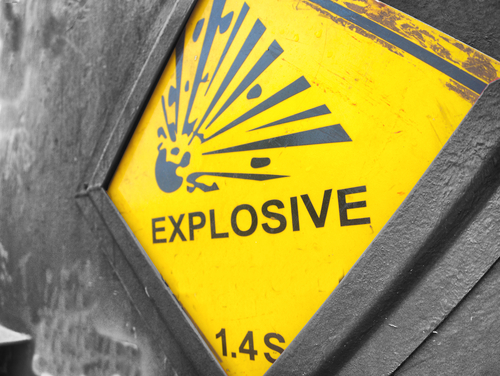
The U.S. Department of Homeland Security (DHS) Science and Technology Directorate (S&T) earned a U.S. patent this week for its Homeland Explosive Consequence Assessment Tool (HExCAT), which offers a unique modeling system for emergency managers.
“With the HExCAT, response planners are now equipped with a fully integrated system that predicts the likely consequences of an explosion, including human injuries, structural damages, and medical responses, helping us evaluate a range of what-if scenarios and focus our energy on the most effective means of prevention, detection, mitigation and response,” Helen Mearns, Deputy Director of S&T’s Chemical Security Analysis Center (CSAC), said.
HExCAT was created as an aid in preparations for large-scale, scenario-specific hazards, and to undertake predictions of outcomes and consequences. For emergency managers, it offers help in identifying vulnerabilities at large venues, creating evacuation procedures and plotting routes to medical facilities, among others. Within it is a library of 28 different types of military and homemade explosives, along with insights into related outcomes, inclusive of various fuel and oxidizer combinations that boost explosive effects.
It is capable of modeling both indoor and outdoor scenarios, to help managers better adapt to real life situations.
In protecting the invention for the department, the U.S. Patent Office awarded the subsequent patent to eight scientists, specifically, from the department itself and the Department of Health and Human Services, the National Center for Disaster Medicine and Public Health, as well as private companies Battelle and Leidos.




